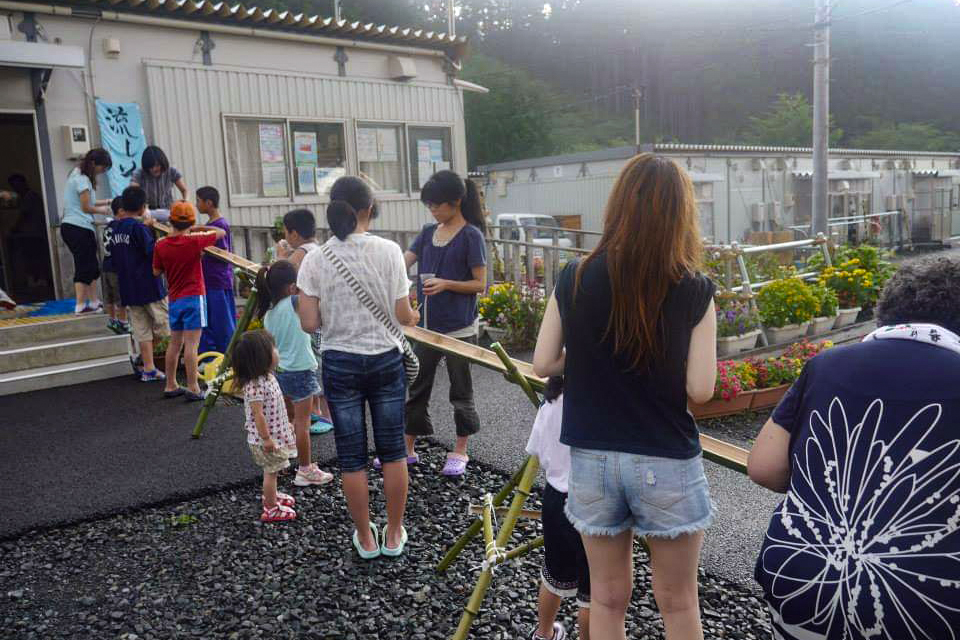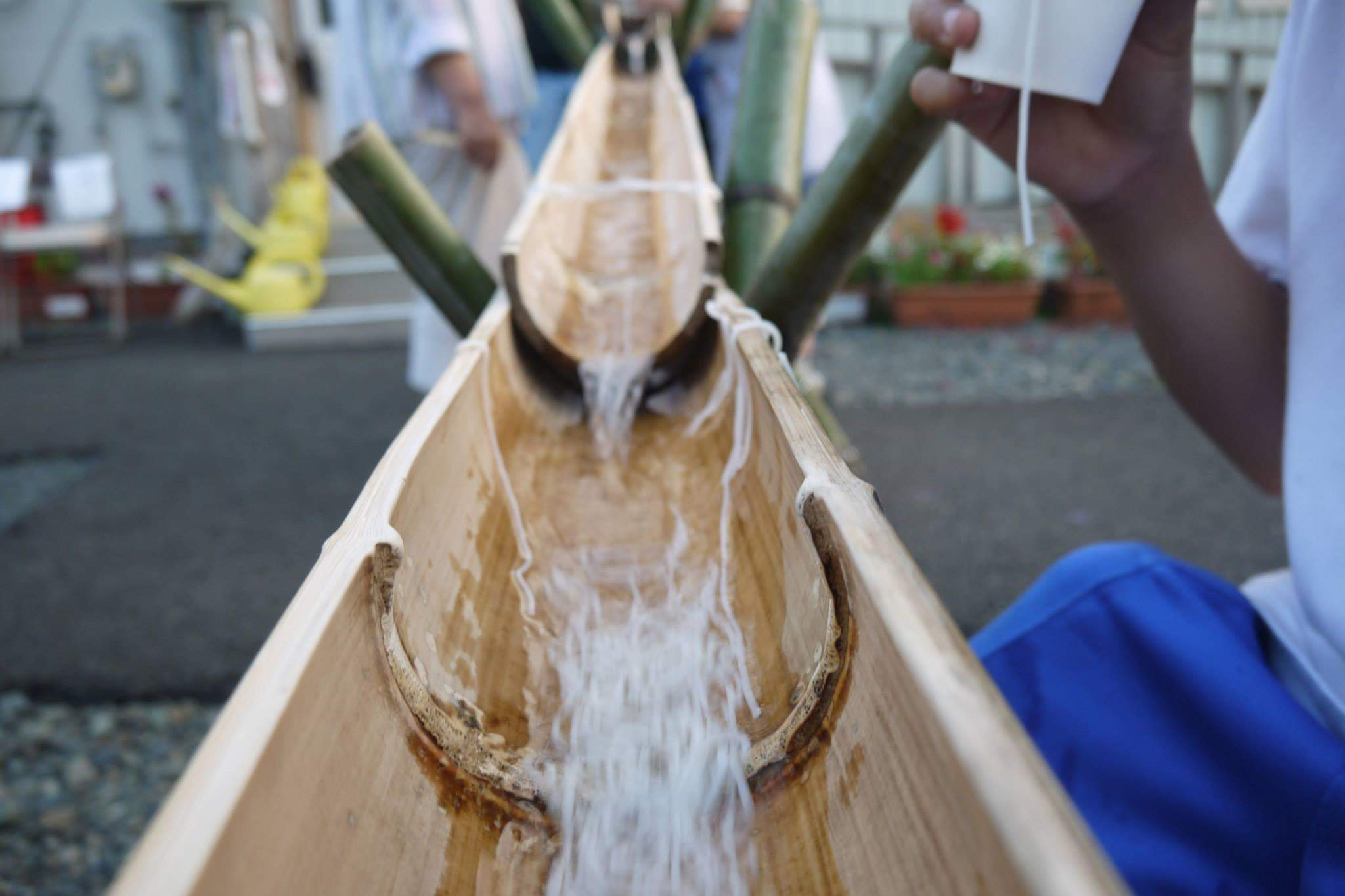Volunteering in Tohoku had an impact on subsequent life decisions
The Great East Japan Earthquake (hereafter “the Earthquake”) occurred on March 11, 2011. The damage was so severe that numerous volunteers came immediately to the disaster-stricken areas. For some, participating in volunteer work is a step that can have a significant impact on subsequent life decisions. “My experience at the Hirayama Ikuo Volunteer Center (WAVOC) influenced the choices I made in regards to my graduate education and career,” says Kasumi Fujioka, who had no prior connection to the Tohoku region when the earthquake struck. Kasumi, who has been visiting the disaster area since the earthquake, discusses a choice she has made that changed her life.
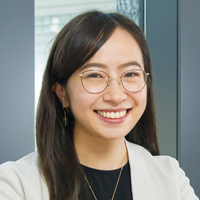
- Kasumi Fujioka
- Company employee
- Kasumi Fujioka graduated from the School of Advanced Science and Engineering in 2015 and completed the Master’s degree program at the Graduate School of Advanced Science and Engineering in 2017. She experienced the Great Earthquake during her spring break before entering Waseda. In her first year, she joined a student cappella club and visited the disaster area as a WAVOC volunteer. During the fall of her second year, she participated in a WAVOC-certified project entitled “RINC” and continued to deepen her bond with the residents of Hakozaki-cho of Kamaishi City in Iwate Prefecture. From her experience at WAVOC, she became interested in accidents involving nuclear power plants and studied nuclear power graduate school. Currently at Mitsubishi Research Institute, Inc., she is involved in research on policy-making and support for risk control regarding various disasters.
Being powerless when first setting foot in Tohoku
When looking back on the aftermath, Kasumi says, “When I saw the images of the disaster-stricken areas on TV, I felt that this disaster was happening far away from me.” Although the scheduled university entrance ceremony was canceled, the area which she inhabited fortunately did not suffer great damage. As she had never visited Tohoku, what she saw on TV did not seem real to her at first. Kasumi first visited Tohoku in March as a freshman in university, one year after the earthquake, since her acapella group was dispatched to one of the disaster-stricken areas as part of the Great East Japan Earthquake Reconstruction Assistance Project.
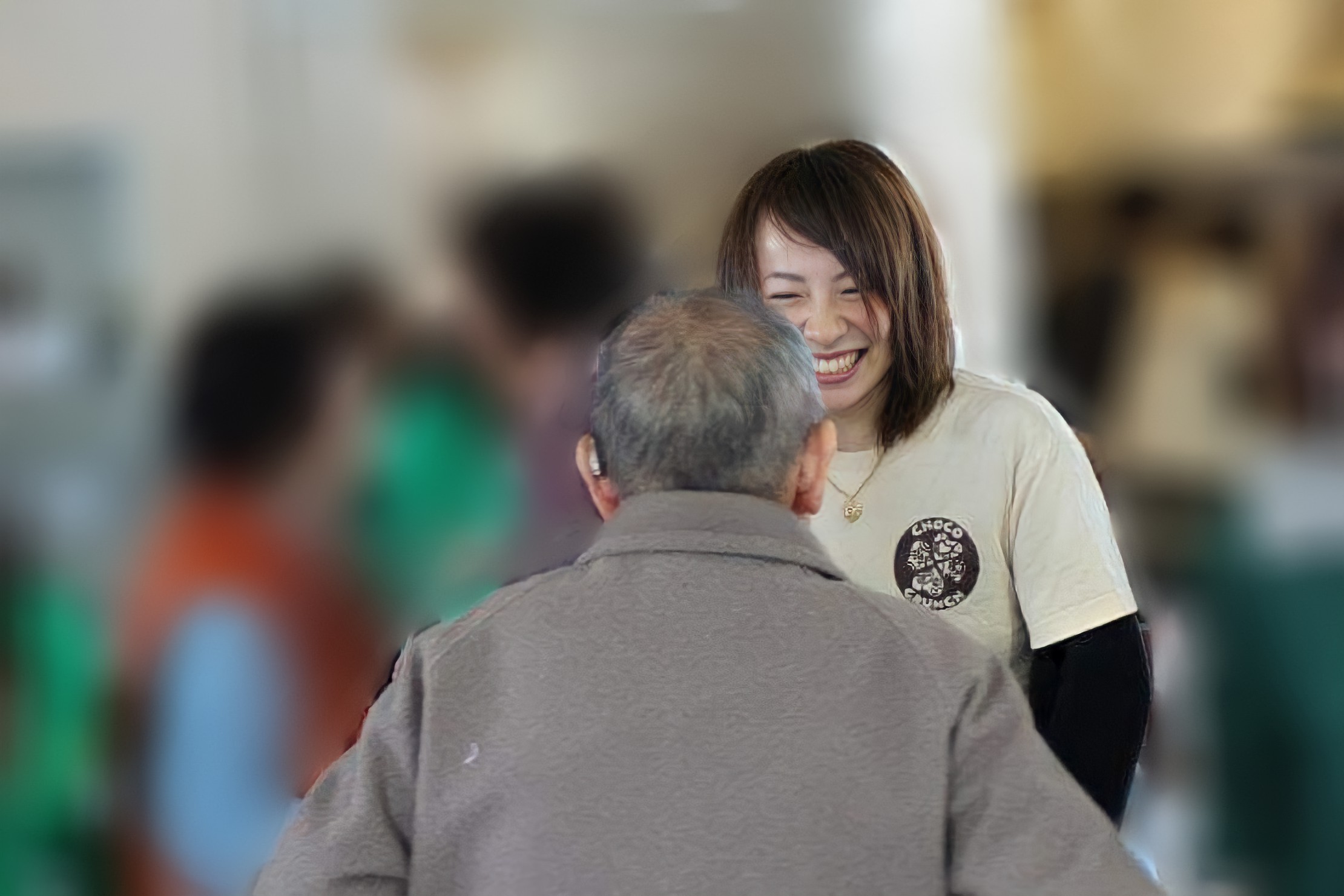
“From Waseda University, students from sports as well as arts and cultural student clubs visited the disaster-stricken areas and engaged in reconstruction support efforts, making the best use of our own strengths. The a cappella circle I belonged to was among them, and we sorted relief supplies and held concerts at nursing care facilities.
To be honest, the reason why I visited Tohoku was because I thought to myself, ‘I was unable to take part in any activities such as volunteering when the earthquake hit. Maybe I should go to Tohoku this time.’ When we sang to the people there, I saw some audience members listening being brought to tears, and I felt overwhelmed.
Just imagining how hard their experience was, I could not find any words to say to them. ‘How did they look back on that day and the disaster-stricken areas for the past year, and how did they manage to live in such pain?’ Some residents said that communicating with volunteer students lifted their spirits. In that sense, I may have been of help to them. However, I did not feel as if I made much change. My only certainty was the feeling of helplessness asking myself if I was useful nor not. Volunteering only once does not engender much change. I kept thinking about this matter, and I decided to remain involved in the disaster-stricken areas and tackle the challenges by participating in a WAVOC-certified project called RINC.
A sense of happiness when people remember you and call your name
RINC, which Kasumi joined, is a group engaged in the severely damaged Hakozaki-cho, Kamaishi City, Iwate Prefecture. Initially, the people of Hakozaki were unwilling to accept outside volunteers. However, as RINC members continued to visit Hakozaki, they came to understanding with the local residents. RINC would visit the residents’ houses one by one and hold events at a meeting room at temporary housing.
“I visited the site every long holiday and became familiar with the faces, names, and personalities of the people living in the town, and I felt that we were becoming close. What I was most happy about was that the local people remembered my name. I was always wearing a name tag as a “person” rather than as a “student volunteer from Waseda University.” As a result of frequently visiting their houses, and having conversations with the local people, some people began calling me by name…When I thought, ‘Some people remember me’ in the place where I did not have a connection to before, I felt that what I was doing was helping them, a feeling that I could not experience the first time I volunteered.
Conversely, I felt an unexpected inner conflict as I continued the volunteering work. Many of the residents lost their families and loved ones due to the earthquake, and they were suffering and grieving. I thought that I might have triggered their memories even if I had not intended to do so. I sometimes felt like we were making them talk.
Meanwhile, I believed that only we could play a role in helping them find inner peace because we came from outside. Members frequently discussed how to communicate with the local residents so that people in need or those who were alone could feel comforted, thinking, ‘I talked with people today.’”
The WAVOC experience that influenced the future
After that, Kasumi continued to visit Hakozaki every holiday, sometimes five times a year, and began to develop even stronger bonds with the residents. Her volunteer experience influenced her graduate education and career choice.
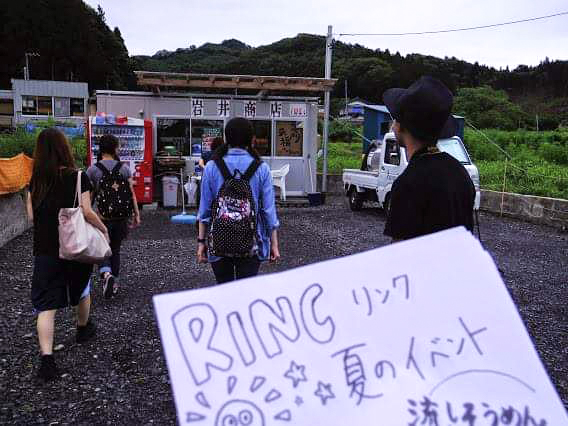
“Every time I visited Hakozaki, restoration work was progressing, and the vestiges of the earthquake were gradually disappearing. Meanwhile, the debate over the safety of nuclear power plants was intensifying nationwide. While there were strong opinions that nuclear power plants should be abolished, some thought that they should be restarted because they constituted a valuable energy source for Japan among its few available resources.
Although I had been interested in the issue of nuclear power since the earthquake, I did not understand how it worked and what the risks were. I had no concrete idea. To understand it as well as my own interests, I selected a laboratory in the nuclear field. In doing so, I aimed to understand exactly what was happening at the nuclear site and advanced to graduate school to further pursue my research. Perhaps I would not have made this choice if I had not had the experience of WAVOC.
As my studies progressed, I realized that regardless of how advanced the technology was, it was meaningless unless it was used. I also realized that no matter how efficient the technology was, it would not be adopted without being understood. My goal was set to work to solve problems by reconciling the power of technology and social issues. I chose to work for a think tank to be involved in a wide range of research, policy proposals, and social implementation, including disaster prevention.
I think that because I took a step toward the platform called WAVOC, I was able to face the Earthquake, which was an event which occurred far away from me. Hence, I was able to stretch my imagination regarding my graduate education and career.”
Avoid creating the next disaster area
Currently, Kasumi works at a department specializing in disaster prevention, crisis management, and risk management. She is involved in research for policy-making and support for risk control regarding various disasters. Ten years have passed since the Earthquake. Kasumi says passionately with determination about the future ahead. “I want to work to avoid creating the next disaster area and to minimize damages.”
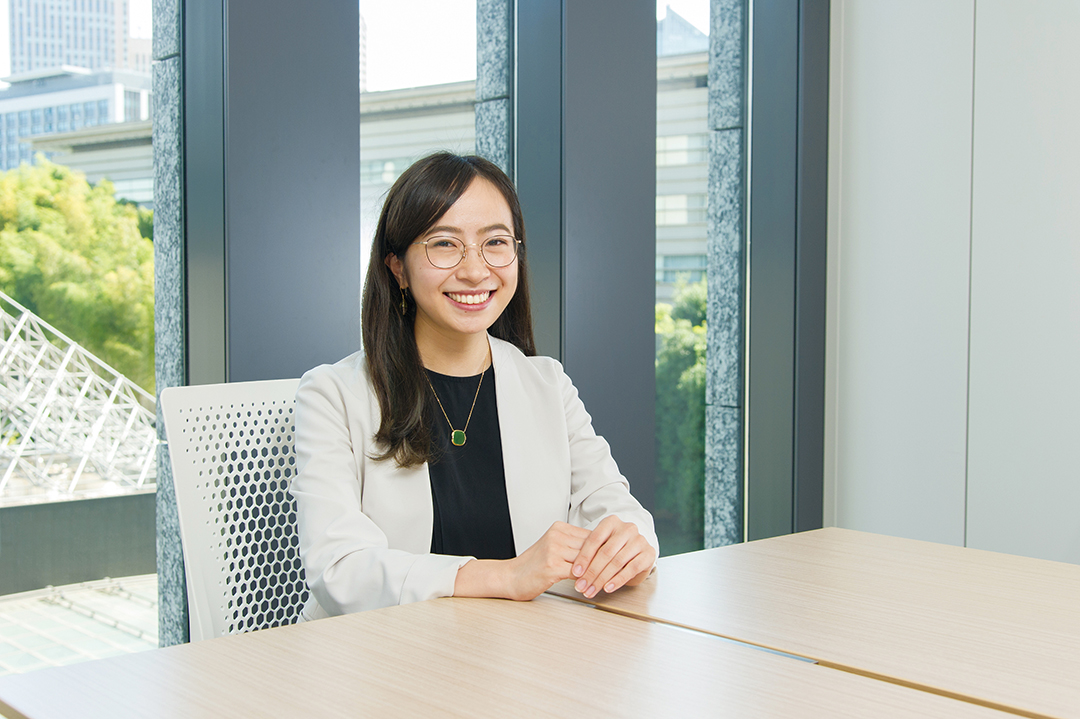
“The Earthquake led me to where I am today. I wondered if I should feel positive about the changes in my life and career choices caused by the disaster. When I consulted with my professor, he told me that no one can change the history of the earthquake.
What matters is how I position that event for myself, make sense of it, and move on to the next step. My participation in WAVOC led me to set foot in Tohoku. By taking that step, I was able to see the “Earthquake,” an event which occurred far away from where I was, as a challenge for me. A world that I had never imagined as a freshman opened in front of me.”
“Today, in the tenth year since the earthquake, my next mission consists in avoiding to create the next disaster area and minimizing damages. In recent years, large-scale disasters such as earthquakes and typhoons have successively occurred in various areas of Japan. In parallel with raising people’s awareness of disaster prevention, it is also important to put advanced technology into practical use in a more rapid fashion. How can we effectively and appropriately utilize new technologies and information systems while standing between technology and society, and deepening our understanding of both? I aspire to collaborate with the industry, government, and academia to create systems and promote social implementation.”

